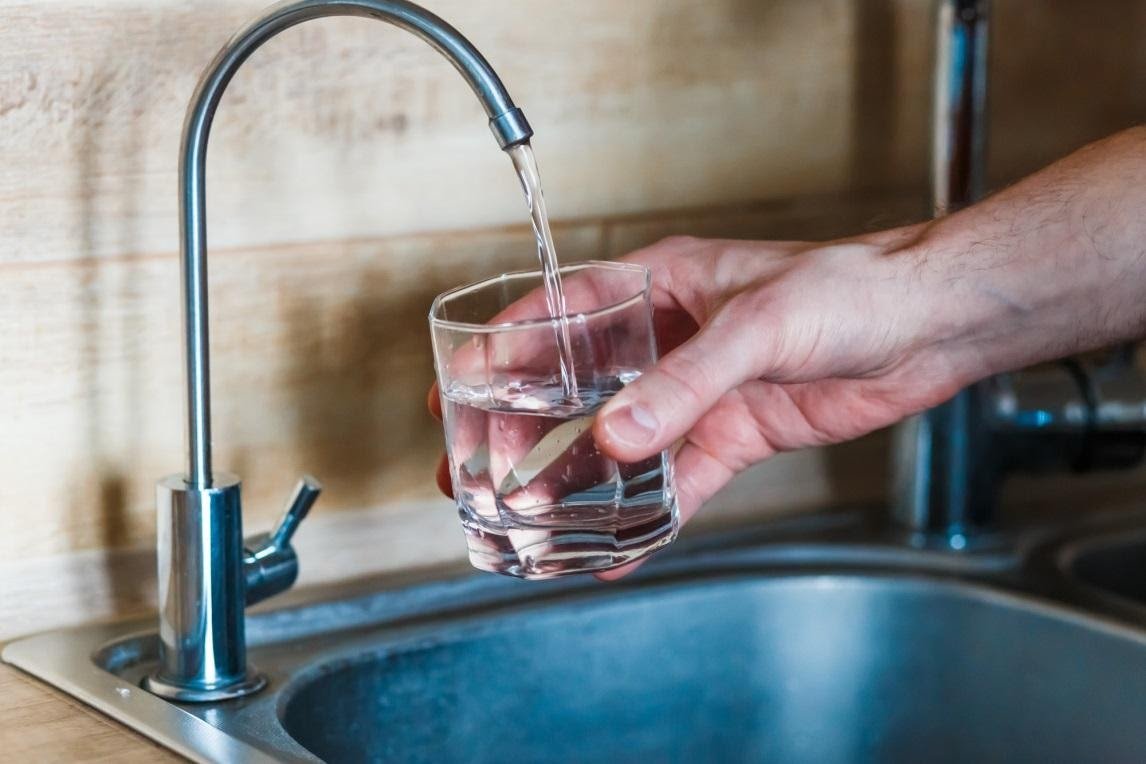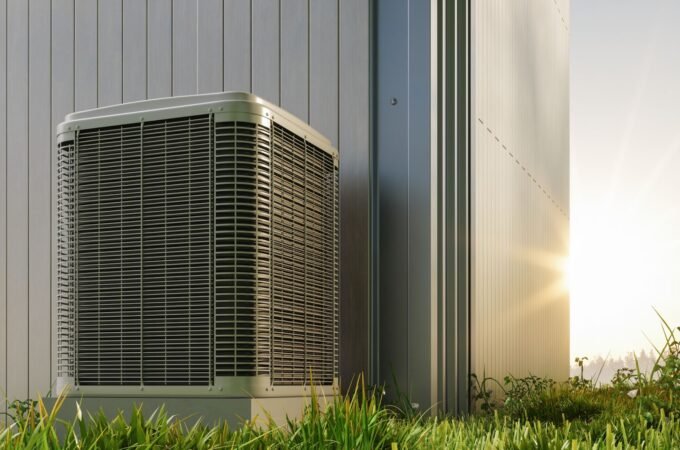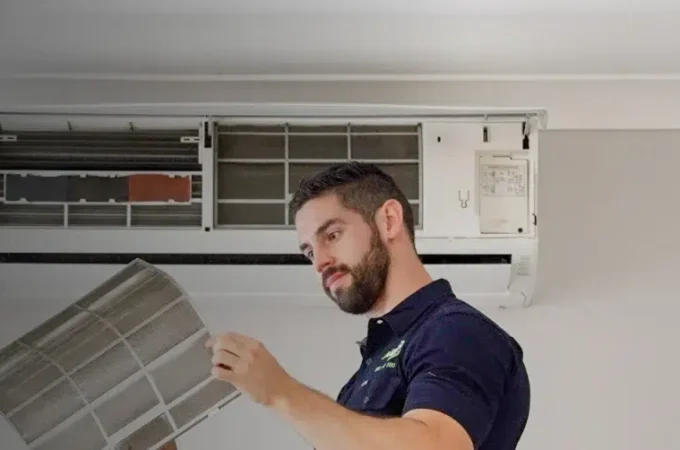
Step-By-Step Whole House Water Filter Installation Instructions
All throughout the United States, water quality is in danger. Flint, Michigan still struggles with bad water, and communities around the country, and indeed around the world, deal with similar crises of old, failing pipes and industrial and agricultural water pollution.
Water filters come in all shapes and sizes from personal water bottle filters to industrial filters. Do you know what option is best to protect you and your family from pollution?
Whole-house water filter installation can be a costly investment. If you’re interested in eliminating all contamination, though, it’s the best way to save money in the long run.
If you’re intimidated by the thought of installing a water filter for the entire house, you shouldn’t be. What’s really intimidating is the cost of hiring professionals to do the job! If you have a single handy bone in your body, you’re capable.
Here’s all the information you need to get the job done.
Decide on a Location for the Filter
Before you even think about buying a filter, you need to decide where you want to put it. If you rush to buy the unit first, you may find that you don’t have a good spot for installation.
The best place to put a whole-house water filter is near your home’s water main. The water main is the pipe leading from the city water supply to your home. It supplies your whole house with water, so putting the filter there removes contaminants from water at every tap.
If your whole-house filtration system is for well water, install the unit following the pressure tank to ensure it functions correctly.

Generally speaking, whole-house water filtration systems are located indoors in order to protect them from the elements and so maintenance is less of a chore. However, some units can be installed outdoors if you must. Make sure to read the manual to see if your water filter is compatible before attempting an outdoor install.
To avoid mistakes, make sure the area is level and roomy enough for the water filtration unit before moving on.
All the Materials You Need
Once you find a place for your water filter, the next step is gathering your materials. Making sure you have everything you need before you start installing is another safeguard against accidents, which can be costly.
Naturally, the Filter Itself
A filter is an obvious material for the job but what isn’t so plain is what model to buy. Take into account the space you have, the size of your house, and the local water chemistry.
If you’re buying a whole-house water filter for city water, a filter with a powerful softener is a good idea. Well water is sometimes softer but needs a water pressure boost. Local water utilities make water reports including pH and hardness information.
Consult the experts as well as customer feedback when you shop. This RainSoft water review is a great place to start, and many others can be found around the internet.
Just a Few Other Supplies
Surprisingly, this life-changing renovation only requires a few tools.
All you need is something to mark the pipe with, plumber’s tape, a pipe cutter with a reamer blade, appropriately-sized adjustable wrenches, and a bucket.
Typically, your full-home water filter comes with the parts you need. If yours doesn’t, or something is missing or incompatible, here’s what you want: mounting brackets, appropriate tubes and fittings, and shut-off valves. You might also want a pressure gauge or two, and/or a piece of plywood for mounting.
Executing Whole-House Water Filter Installation
With all your supplies in hand, it’s time to get started. The first step is reading: Review plumbing codes and the filter manual to avoid missteps. Now, on to the exciting part:
First, shut off the main water supply. Mark the pipe at the appropriate cutting point, indicated by a template included with the filter.
When cutting into the pipe, put your bucket underneath to catch excess water. Remove any gunk from each end and dry the pipes. The pipe edges won’t be smooth—Fix this with the cutter’s reamer blade.
Now, the pipes are suitable for installing shut-off gauges at both ends. Install the gauges in the “off” position. If you want to use a pressure gauge, this is the time to place one at one—or each—end.

Clean the tubes and fittings of any debris and connect them to each pipe end as laid out in the manual. Next, set up the mounting brackets. This is sometimes easier with a piece of plywood on the wall.
It’s finally time for the filter itself. Keep it upright while you mount it, then connect the inlet and outlet, tightening the compression nuts with your wrenches. Don’t overtighten, and use plumber’s tape to secure the connections.
Test the System
Now that your whole-house water filtration system is installed, you need to test it for any leaks. Turn the water back on and open the valves. If there are leaks, tighten the nuts more, and use tape where needed.
After the filter runs for a while, you can make sure that it works using a TDS (total dissolved solids) meter. All you have to do is fill a clean cup from the tap and dip the filter following the manufacturer’s instructions. Make sure the number matches whatever the water filter manual advertises.
Once everything’s right as rain, you’re done.
We Have Your To-Do List Covered
So, you have all the information you need to know about completing a whole-house water filter installation. Once you’re done with this project, how about moving on to the rest of your list?
Whether you’re looking for new entertainment, home improvement, or even financial advice, we have just what you need. Take a look at our other articles for more great ways to get going and get things done!




